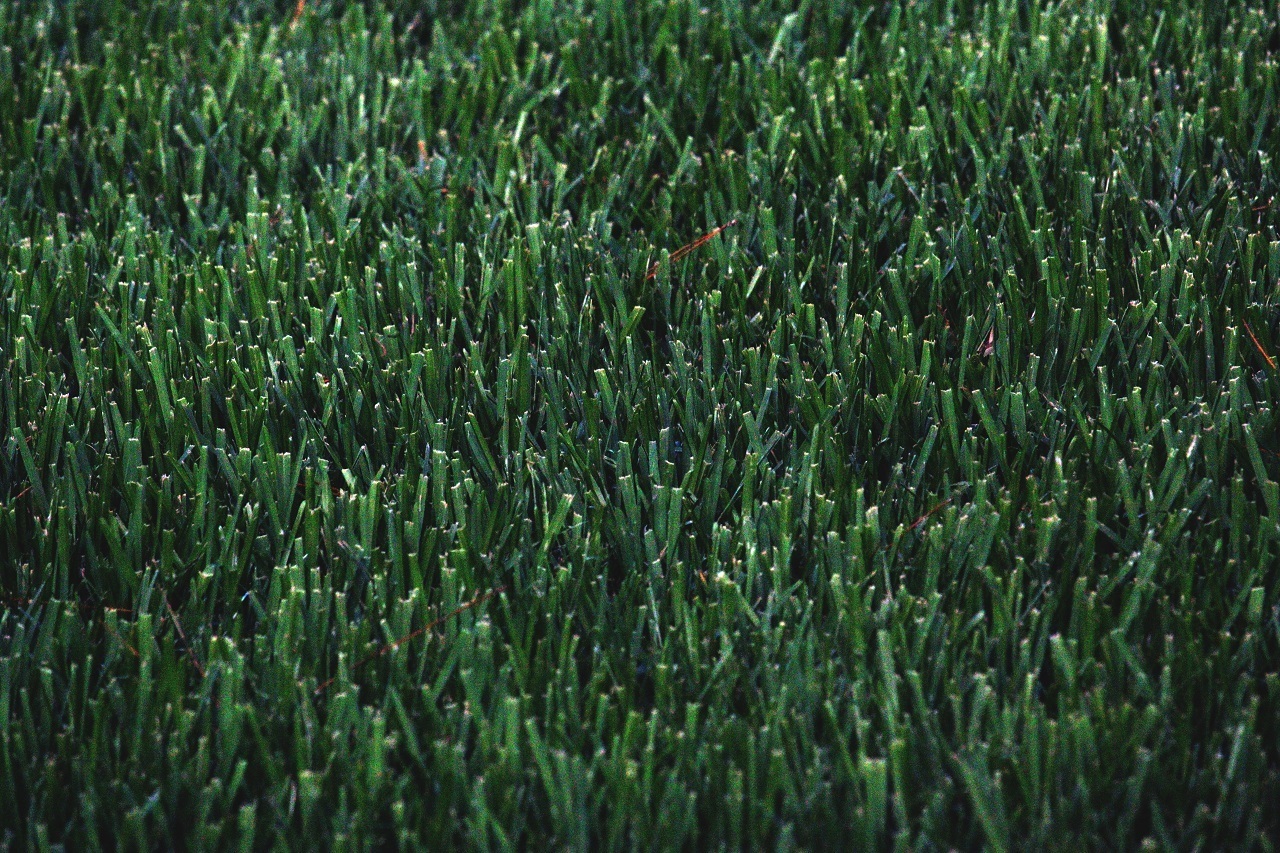Today, we will learn how to install artificial turf. Although professional help is always a great option to have, artificial turf installation can sometimes be customized a little more if you are the only person in charge of the installation and landscaping process.
You will need this guide on artificial turf installation to help you install artificial turf correctly. If you buy cheap turf and do not install it correctly, you should expect that the artificial turf will not last long.
Follow the tips below to find out what you should keep an eye on before, during, and after the installation.
Table of Contents
Artificial Turf Installation Tips

- When laying the sections of artificial turf, ensure the direction in which the grass blades lay on each section is the same direction as the adjoining pieces. This will help the turf look natural.
- Give a small amount of leeway in the measurements you use to find the amount of artificial turf you need. It is easier to trim off excess turf than it is to add it.
- Ask for help from friends. Installation of the artificial turf will go faster and smoother with a little help. The large pieces of artificial turf are usually heavy, so you may need help with lifting, at least.
Preparing for Artificial Turf Installation
Some preparation steps will vary depending on whether you want to place the artificial turf over dirt or concrete since they have different underlay requirements.
Installing artificial turf on soil sometimes takes more work than installing it on concrete because you must remove all vegetation and almost the complete top layer of ground. You can keep trees and shrubs where they stand, but when you lay the artificial turf, leave at least a six-inch radius around their bases.
How to Install Artificial Turf on Soil or Dirt
After removing plants, grass, and anything growing from the area, take a rake and use it to rough up the surface where you want to install the artificial turf.
The ground needs to be compacted as well. Roughing up the soil gets anything out of the loose dirt that will be in the way of the artificial turf, but now you will have to use a plate compactor or heavy drum roller to compact it back down. Before compacting, lightly water the ground.
If the soil in your region is already moist or highly composed of clay types of dirt, you have the option to put down a layer of crushed stone (you would do this before compacting). But be careful with the type of stones you use since large, rough rocks will make it uncomfortable to walk on the turf once installed.
Anything underneath the artificial turf will be felt from walking over. So, if you do not bother to fill in a hole in the ground before installing the turf, someone could hurt their ankle by unknowingly walking on it.
Now, use an herbicide to prevent weeds and plants from growing through the artificial turf.
If you need to cut any of the pieces of turf, make a marked outline of what sections of the artificial turf need to be removed before laying it all out.
Turf seaming kits are the most convenient way to install artificial turf.
How to Install Artificial Turf on Concrete

If you want to install artificial turf on an area of concrete, you will need to make sure there are no large cracks or holes in the concrete that could compromise the laying of the artificial turf.
Most people like to use a foam underlay for an unnatural surface like concrete. The foam makes the surface of the concrete smoother, resulting in an artificial turf that is more comfortable to walk on.
Water drainage is harder to achieve with artificial turf on concrete than it is with artificial turf on the soil. With laying it on soil, you can assume that any rainwater or pet urine will fall through the turf and soak directly into the ground. Concrete makes things a bit more difficult.
If you drill holes into the concrete, it will help liquids drain through better. The artificial grass itself has drainage holes in the backing, but they are useless if there is no way for the water to escape the concrete underneath.
How to Measure for Artificial Turf
Artificial turf usually comes in section rolls. Generally, each piece is long with a width of only a few feet – they come as strips. Do not let this confuse you; you still measure for the total area. There should not be gaps between the sections of artificial turf, so it fills the entire area being covered.
For a basic, square or rectangle-shaped yard, measure the length and width. For more elaborate landscapes that are anything but square, measure it off in sections if you must, taking the longest length and width of an area. Find out the dimensions of the artificial turf you intend to buy and add up the minimum number of pieces you will need to cover all parts of the landscape.
If you can find out the direction of the turf before making a big purchase, use that information to consider the most efficient way to lay the turf.
Should You Use a Professional?
It is always a good idea to hire a professional to do landscaping for you. You can get expert advice from them, and then sit back and relax while they do all the work for you. Professionals work fast and know the best way to lay artificial turf without making it look fake. However, it is easier to personalize design modifications of the landscape if you are the person in charge.
When you are learning how to install artificial turf all on your own, do as much research as you can and remember to buy a high-quality artificial turf that has plenty of drainage holes. With proper drainage and maintenance, the artificial turf can last almost two decades without repairs!




